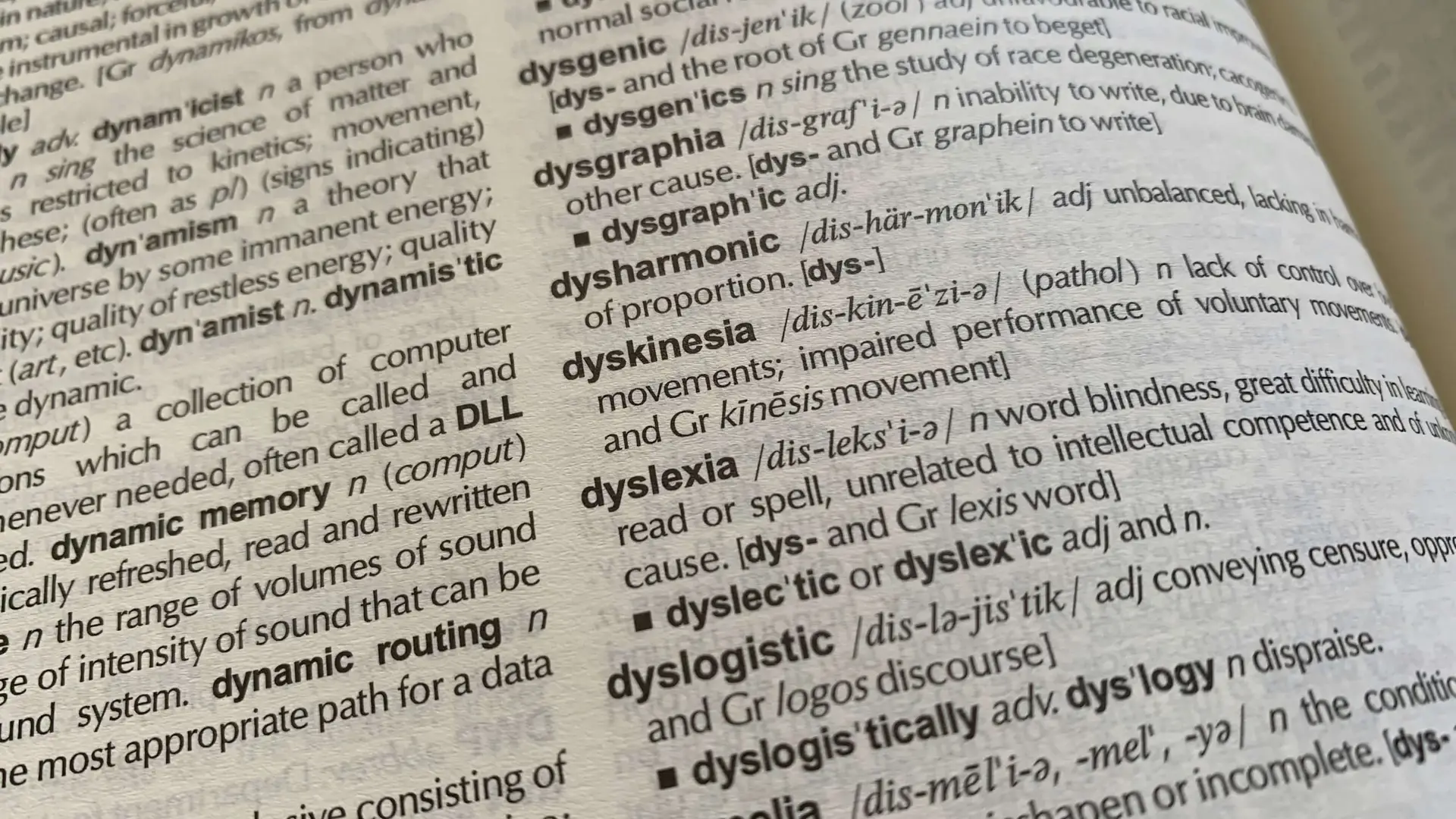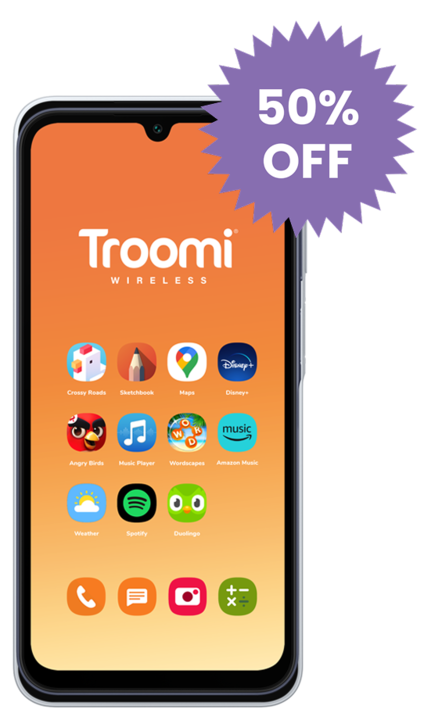Navigating the world of dyslexia can be a perplexing journey for any parent. Witnessing your child grapple with reading, writing, or spelling challenges may leave you feeling helpless, but it’s crucial to recognize that with the right support and resources, children with dyslexia can flourish academically and creatively. This blog post strives to serve as a comprehensive guide for parents and provide dyslexia resources for parents and educators.
Understanding Dyslexia
Dyslexia is a common learning difficulty that affects the way the brain processes written and spoken language. It’s not related to intelligence but can make reading, writing, learning foreign languages, and sometimes mathematics more challenging.
Typical signs of dyslexia include difficulties with:
- Phonological awareness
- Verbal memory
- Verbal processing speed
Children may mix up letters, struggle to sound out words, read at a slow pace, or find it tough to express themselves clearly in writing.
Supporting Your Child with Dyslexia
Early Detection and Intervention
The importance of early detection cannot be overstated. The earlier dyslexia is identified, the sooner intervention can occur, potentially tempering its impact on learning. Parents should seek assessments if they notice consistent struggles related to reading and spelling.
Strategies for a Dyslexia-friendly Home
- Establish Routine: Consistency can help children feel more secure and manage dyslexia’s impact.
- Encourage Reading: A variety of books at home spurs interest in reading for enjoyment.
- Use Clear Fonts and Formats: Dyslexia-friendly fonts and well-spaced texts can make reading less daunting.
Educational Resources for Dyslexia
Phonics-based Reading Programs
Programs such as Orton-Gillingham and Wilson Reading System use structured phonics approaches that can be transformative for children with dyslexia.
Assistive Technology and Apps
Technology can be a game-changer. Text-to-speech apps, spell checkers, and audiobooks are just a few examples of tools that make learning more accessible.
Multi-sensory Learning Approaches
Multi-sensory strategies are highly effective for children with dyslexia. These involve using visual, auditory, kinesthetic, and tactile methods to teach reading and spelling.
Finding Community Support
Acknowledging that the journey through dyslexia is one you need not walk alone is important. Communities and support groups provide a valuable network for exchanging ideas, receiving encouragement, and advocating for better educational practices. Organizations like the International Dyslexia Association and Yale Center for Dyslexia & Creativity are tremendous resources for families and professionals alike.
Helpful Links and Contacts
- International Dyslexia Association
- Yale Center for Dyslexia & Creativity
- The Wilson Reading System
- Orton-Gillingham
We welcome comments with more suggestions of resources or personal experiences that may help other parents on this journey.
Conclusion
Dyslexia presents challenges but is also linked to creativity and strength. With proper support and accessible resources, children with dyslexia can excel. Parents and educators play a crucial role in unlocking their full potential. Dyslexia doesn’t define a child; it’s just a different approach to learning. Troomi Wireless, a parent-controlled safe smartphone for kids, provides access to educational apps like Kindle and Libby, offering tailored learning experiences. Together, understanding and innovative tools can create an environment where every child, including those with dyslexia, can thrive.
Interested in learning more? Click here.


